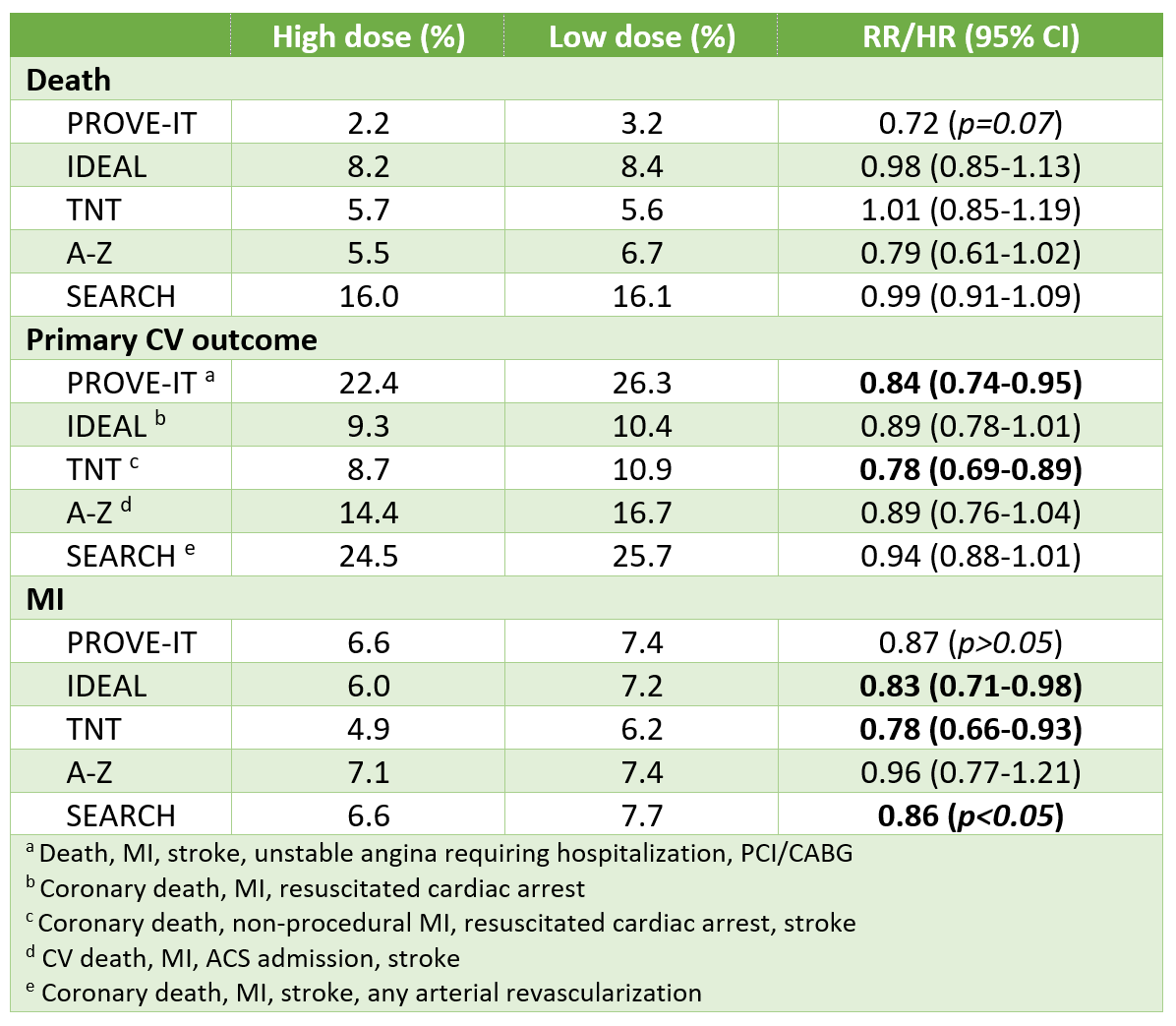Dickstein K, et al. Effects of losartan and captopril on mortality and morbidity in high-risk patients after acute myocardial infarction: the OPTIMAAL randomised trial. Lancet 2002;360:752-60.
The ONTARGET Investigators. Telmisartan, ramipril, or both in patients at high risk for vascular events. N Engl J Med 2008;358:1547-59.
VALIANT: Pfeffer MA, et al. Valsartan, captopril, or both in myocardial infarction complicated by heart failure, left ventricular dysfunction, or both. N Engl J Med 2003;349:1893-906.
Bottom line:
In patients post-MI or at high risk of CVD, telmisartan & valsartan generally prevent CV events as well as ACE inhibitors with similar safety;
The combination of ACEI+ARB is no better than monotherapy & increases the risk of adverse events (e.g. hypotension, hyperkalemia & renal impairment);
Losartan is inferior to captopril for prevention of CV events.
Patients


